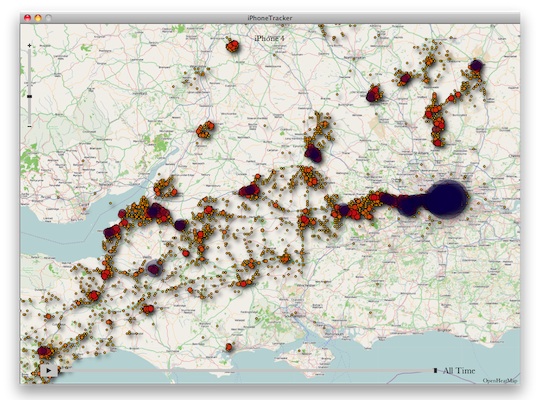“Communications are a life and death issue”, says Vish Nandlall the chief technology officer of Telstra. “You realise that when that pipe gets shut off people can die in the field.”
Nandlall’s experience in weapons technology led him to a life in the telecoms industry which bought him to Australia as he believes Telstra is one of the most innovative companies in the industry. How much this is due to Telstra dominating its domestic market is a discussion for another post.
Nandlall was speaking last week at a lunch for journalists and bloggers hosted by Telstra in Sydney. It was an opportunity for the company to introduce their CTO to the media following his joining the company last August and to publicise their push into health care services.
One of the areas Nandlall was particularly keen to push was how Telstra was looking at opening their platforms to third party developers as he sees the nine to ten million strong community as offering opportunities that even the best resourced telecoms company can’t access.
“How can I get telecom services into places where developers can access the information?” Nandlall asks.
His answer is to open the services through the Telstra Developer Site which at present is fairly Spartan although one expects it will become more impressive ahead of the I love APIs conference the company is sponsoring in Sydney this June.
Down the track Nandall sees the open systems assisting the company moving into the key growth areas for all telcos such as the Internet of Things, smart cities and the productivity growth applications in industry verticals.
The big opportunity the company sees is in health care where a fragmented industry struggles to corral disparate sources of information that touch almost every person. It though just one of the growth telcos are looking at in a dramatically changing marketplace.
For Nandlall the challenge is to grow Telstra beyond the domestic Australian telco market that it increasingly dominates as its competitors lose interest in the market and the nation’s ambitious but failed national broadband network slowly fades into irrelevance.
While Telstra is by no means facing any life or death issues, many of its customers could be. Nandlall and his fellow executives are hoping they can help them.










